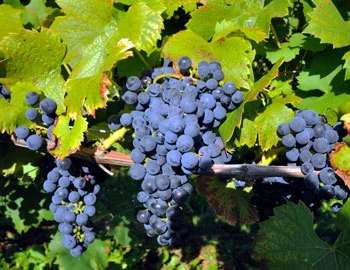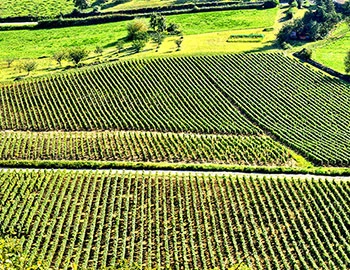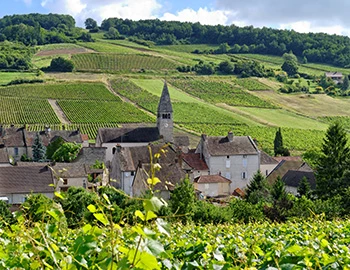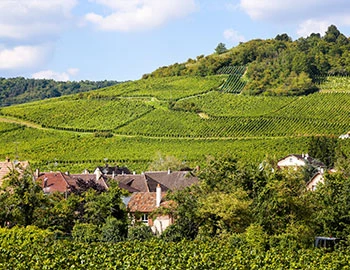Givry 2022
Givry 2022
AC, Remoissenet, 750 ml

Description
t’s the municipality of Givry, situated on the Côte Chalonnaise, which gives this red Burgundy its name. Famous tipplers of Givry go all the way back to King Henri IV! This is a very appealing Burgundy which gives fans of this region and newcomers alike a great deal of drinking pleasure. Its fruity-floral bouquet is open-hearted and brings to mind the savour of Amarena cherries, red summer berries, vanilla pods, allspice and tobacco with a hint of sweetness. On the palate, it leaves an impression that is both extremely well-rounded and delicate, with a lively acidity, accompanied by spicy and red-fruit aromas. An excellent price-pleasure ratio!
Attributes
| Grape variety: | Pinot noir |
| Producer: | Remoissenet Père & Fils |
| Origin: | France / Bourgogne / Côte Chalonnaise |
| Other vintages: | 2023 |
| Ripening potential: | 1 to 7 years |
| Drinking temperature: | 16 to 18 °C |
| Food Pairing: | Fegato alla veneziana, Goulash, boeuf bourguignon, Saddle of lamb fillet with herb jus, Roast saddle of venison, Cheese board, Coquilles Saint Jacques on lentils |
| Harvest: | strict selection |
| Maturation: | in partly new and used barriques/ Pièces, long cultivation |
| Maturation duration: | 14 months |
| Volume: | 14.0 % |
| Note: | Contains sulphites |
Pinot noir
Blueprint of the terroir
No other variety expresses its terroir as precisely as Pinot noir. It is a sensitive, fragile grape. But when it succeeds, it gives the world some of its very greatest wine plants. It especially excels in Burgundy, where it has been cultivated for at least 700 years. Even in the middle ages, it was considered so precious that it was kept separate from other grapes so as to not diminish its value. The finest examples are delicate and fragrant with aromas of cherries and red berries. With maturity, notes of forest floor, leather and truffles enter as well. An irresistible fruity sweetness still shines through, even after several decades. The Pinot noir does well in cool locations: in Switzerland and in Germany, where it is known as Blauburgunder and Spätburgunder respectively; in Alsace and in South Tyrol, in Oregon, New Zealand and Tasmania. Not least, it yields fantastic champagnes. It is a wonderful culinary companion. With its soft tannins and charming bouquet, it meshes with everything, from Güggeli and cheeses to fried fish.

Côte Chalonnaise
Côte Chalonnaise: sincere crus with character
The Côte Chalonnaise is located west of the city of Chalon-sur-Saône, and connects with the Côte de Beaune region to the south. Even far from the prestigious top sites, Chardonnays and Pinots originate here which embody the best of the Burgundian characteristics, even if they do not have the fullness and complexity of premium wines from Beaune. They are sincere wines that, with their edges and corners, are ideal for pairing with food. The refreshing Crémant de Bourgogne is a particular specialty of this region.

Bourgogne
Burgundy: home of the crus
Burgundy and Bordeaux are France’s most prestigious wine regions. Nonetheless, they are completely distinct in character: while Bordeaux, as the land of the chateaux, enjoys an aristocratic image, Burgundy has retained its rustic agrarian structure. Burgundy stretches for over 200 kilometres, from Dijon in the north to Lyon in the south. In a highly complex jigsaw of the most diverse of terroirs, Chardonnay and Pinot Noir demonstrate the subtle ways in which they embody their sources.

France
France – Philosophy in a bottle
According to French philosophy, wine should be an expression of the soil and climate. They use the word “terroir” to describe this. Terroir makes every wine different, and many especially good. French wine is regarded worldwide as an expression of cultural perfection. The French believe that humans are responsible for the quality of the berries, the vine variety for their character, and nature for the quantity. This philosophy can be expressed succinctly as: “the truth is the vineyard, not the man.”



